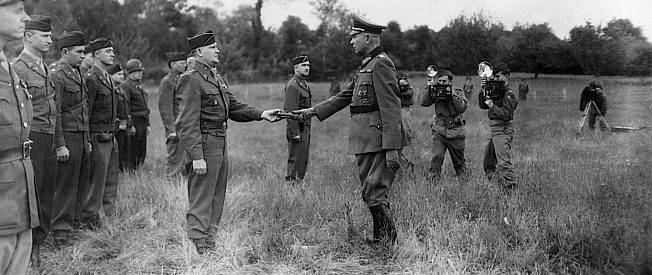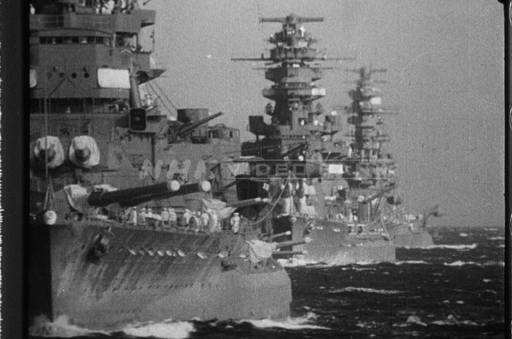

Was the Northrop F-20 Tiger Shark a good aircraft at the wrong time?
Was the Northrop F-20 Tiger Shark a good aircraft at the wrong time? The Northrop F-20 Tigershark was indeed a capable aircraft that found itself in the wrong circumstances. The F-20 was developed as a cost-effective, high-performance light fighter, intended for export, and was designed to be an evolution of the successful F-5 series.
Strengths of the F-20:
Performance:
The F-20 featured a powerful General Electric F404 engine, which gave it excellent acceleration and agility. It could reach Mach 2.1 and had good climb and maneuverability characteristics, which made it competitive with contemporary fighters like the F-16.
Avionics:
It had modern avionics, including advanced radar, and was capable of using a wide range of air-to-air and air-to-ground weapons. Its advanced radar system gave it a first-look, first-shot advantage, and it also had compatibility with the latest missiles like the AIM-7 Sparrow and AIM-9 Sidewinder.
Ease of Use:
Northrop designed the F-20 to be easy to maintain, with a high availability rate and low operating costs, making it attractive for smaller air forces that needed an affordable yet capable fighter.
Quick Reaction Time: The aircraft was designed for rapid reaction, with the ability to scramble in just 60 seconds, making it effective in air defense roles.
Challenges and Timing Issues:
Political and Market Factors:
The F-20 faced tough competition from other fighters like the F-16 Fighting Falcon. At the time, the United States changed its policy and started making the F-16 and F-15 available to allied countries, which reduced the F-20’s appeal. The F-16 was seen as a more capable multirole aircraft, and its mass production brought down costs, which made it harder for the F-20 to compete.
Lack of Government Backing:
Unlike the F-16, which was backed by significant government support, the F-20 was developed primarily as a private venture by Northrop. This lack of political and financial backing limited its international sales potential.
Cold War Politics:
During the Cold War, countries buying fighters often opted for aircraft supported by their superpower allies for political and security assurances. The F-20, without substantial U.S. government backing, was less attractive from a strategic standpoint.
Development and Marketing Delays:
The F-20 faced delays, and by the time it was ready for market, its competition had already secured significant export orders. The accidents involving prototype F-20s during demonstrations also hurt its reputation, even though these were not reflective of the aircraft’s overall reliability.
Ultimately, while the F-20 Tigershark was a good aircraft with impressive features, it entered a crowded market at a time when political and economic conditions were unfavorable. It was outmatched not because of its performance, but because of external factors like U.S. government policy, competition from well-established aircraft like the F-16, and the lack of support from the military-industrial establishment.




